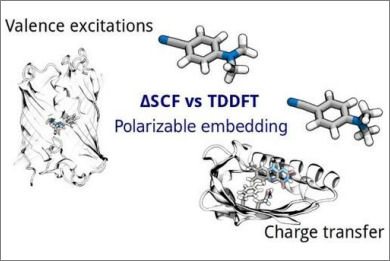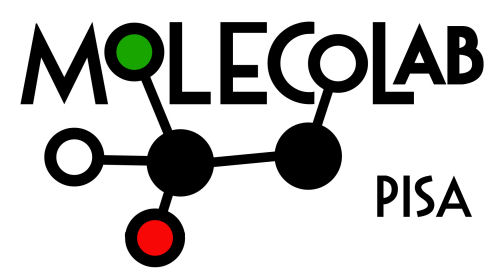
Hybrid TDDFT/MM approaches are very popular methods for describing electronic transitions of molecules in solution or embedded in more complex (bio)matrices. However, when combined with a polarisable force field some problems can appear depending on the type of environment response scheme that is used. In particular, specific a posteriori corrections are generally needed to accurately describe charge-transfer states implying a large reorganisation of the electron density in the excited state. Here, we present a possible strategy to solve this issue by introducing a ΔSCF formulation. As the ΔSCF strategy has the advantage of being intrinsically state specific, its coupling to a polarisable model is expected to be particularly suited to describe all cases where the standard, linear response, formulation of a polarisable TDDFT/MM approach is not sufficient.
Nottoli, M.; Mazzeo, P.; Lipparini, F.; Cupellini, L. & Mennucci, B.
Mol. Phys., e2089605 (2022) https://doi.org/10.1080/00268976.2022.2089605

